In Islamic architecture, the geometric structure of the arch, the muqarnas, is usually used to deconstruct transition areas in architectural ornaments. The three-dimensional arrangement is made by creating a variety of tiny prismatic components, comparable to sections of arches, and based on detailed rules, in overlying planes. Both visually stunning and across the board in the Islamic world, it leaves massive issues for art historians not only in its roots but also in the understanding of this purely ornamental system of cell configuration. Equally early muqarnas-like parts have been discovered both in northeastern Iran and in north-central Africa, and most leaders are unable to pinpoint an actual site of origin. Art analysts naturally question Iranian architectural experts who assume a constant line of growth that starts in the 10th century. Though the chronology and geographical origin of muqarnas are unclear, they have been widely used in Islamic architecture and ornamentation since the 12th century. It is seen on arches, domes, pendants, cornices, pins, and capitals, particularly in mosques. In this article we are going to talk about what type of architecture uses muqarnas.
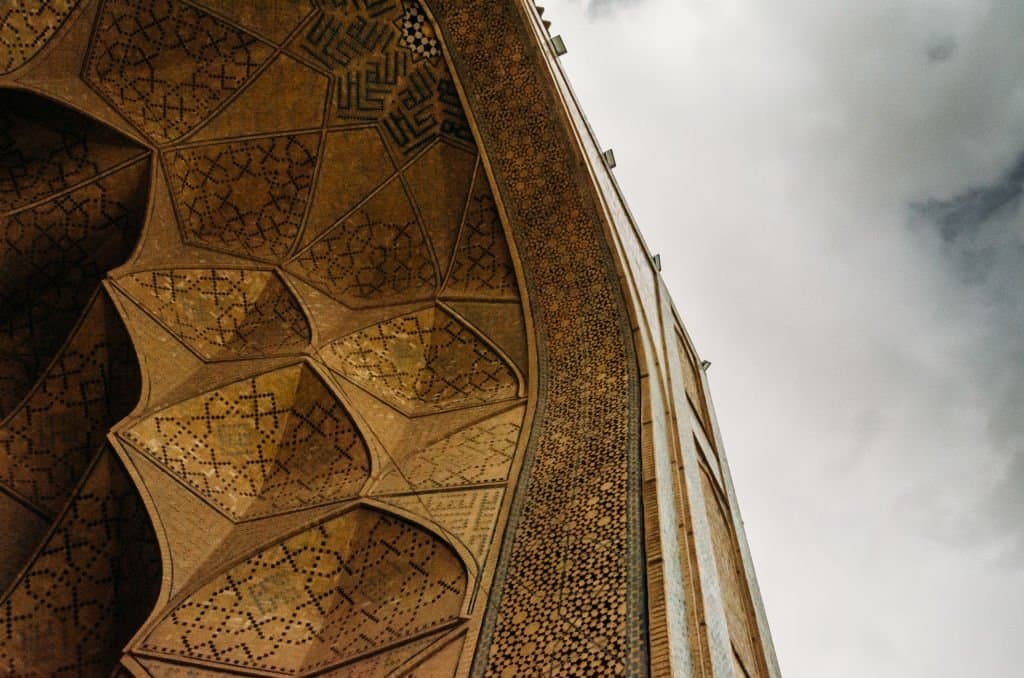
Muqarnas is one of the unique visual aspects of Islamic architecture and intellectuals have had significant differences in their opinions as to whether there is an architecture named “Islamic” and what are its main meanings and features. Muqarnas ornamentation depicts art and architecture that was historically built in Muslim-ruled areas, built for Muslim patrons, or made by Muslim artists. As Islam is not only a religion but also a method of life, it developed a different culture with its special artistic language that is mirrored in art and architecture throughout the Islamic world.
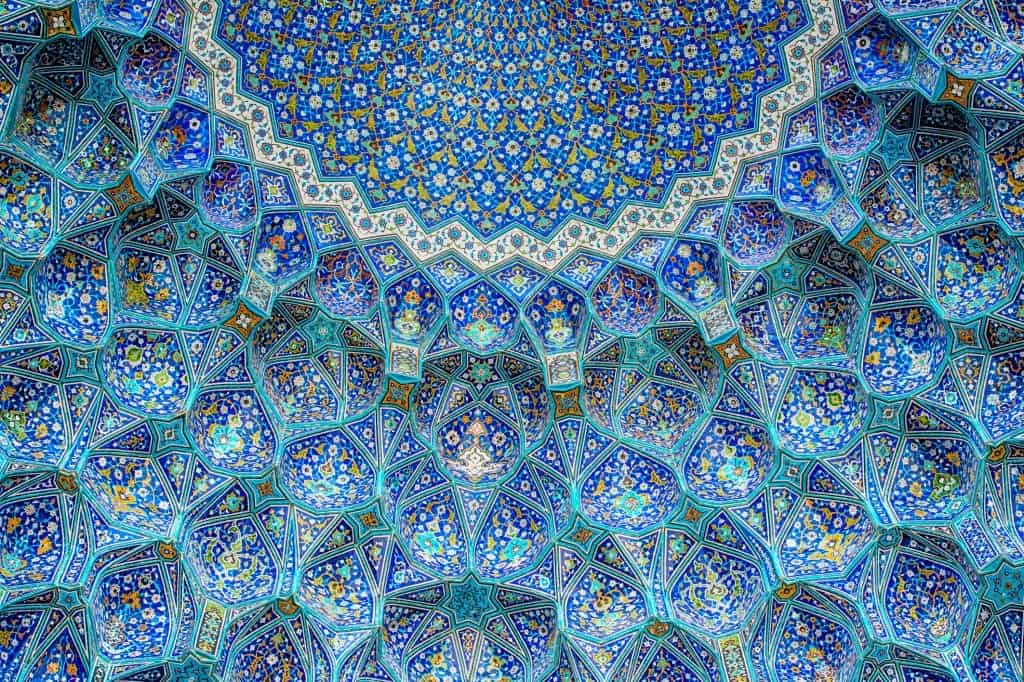
Four main characteristics of muqarnas determine their formation. First, it is three-dimensional and thus gives volume to the built configurations. Second, the grade of this volume is variable. Thus, this versatility permits architects to execute muqarnas as purely architectural support for a design or as a decorative instrument. As the third feature, muqarnas does not know any analytical and mathematical boundaries. As a result, there is no analytical or mathematical boundary limiting the scale of the muqarnas arrangement. From this point of view, it might be helpful to liken muqarnas’ stepped honeycomb design to a fractal-like shape. The fractal whose shape is defined by a straightforward algebraic equation knows no limit and can be stretched to infinity. In the same way, the sophistication of the muqarnas is limited only by the mastery of the architect and builder. The fourth feature of the muqarnas is that, due to their varying volume, a three-dimensional unit is easily altered into a two-dimensional form.
Read more: muqarnas
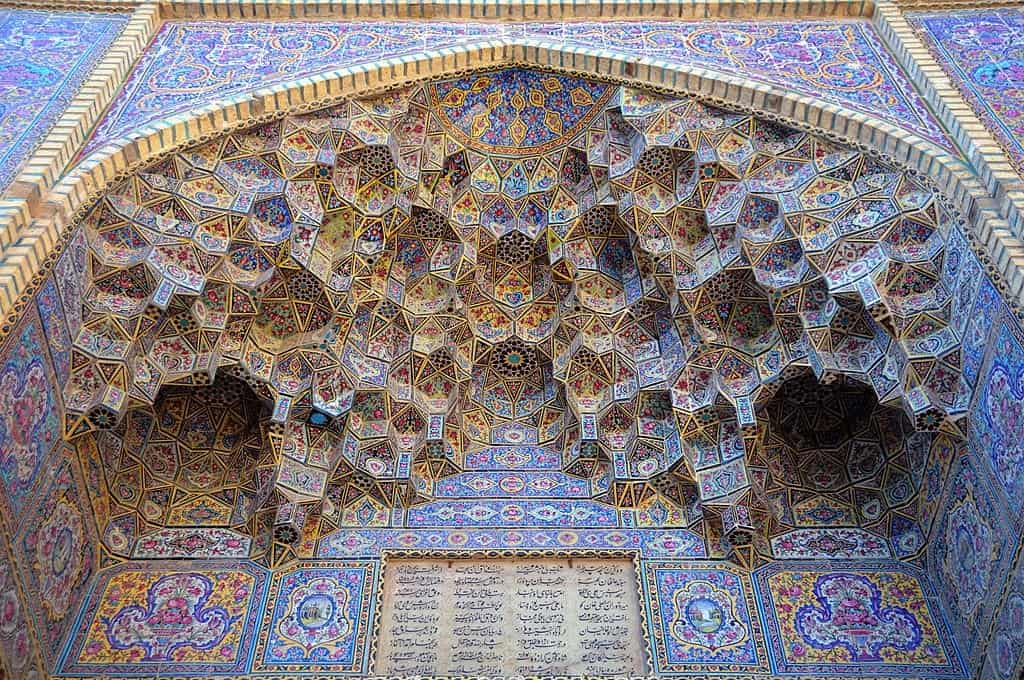
Muqarnas is one of the main features of Islamic architecture. As much as the Ionic column is part of Greco-Roman architecture, it is part of the vernacular of Islamic architecture. Also, muqarnas evolved as a typical architectural element at the moment when the Islamic architectural technique was most effective. Thus, medieval structures from Córdoba, Spain, to Damascus, Syria, display the complex latticework of muqarnas.
Dar al-Islam was the supreme dominant structure of the Islamic world from around the 8th century to the 13th century. The significant impact of the muqarnas on the built surroundings of cities from the Atlantic Ocean to China is a testament to the political influence that Islamic tyrants exerted over the medieval world. Muqarnas evolved with the development of the Islamic power structure. After the death of Prophet Muhammad in 632, the Islamic power structure developed very quickly.
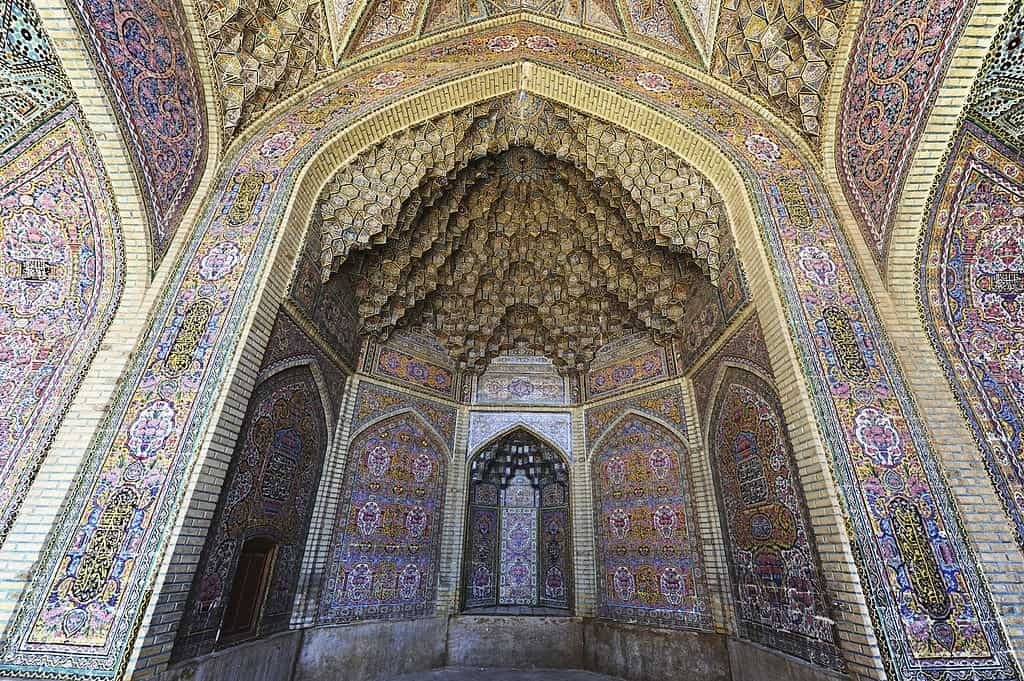
In fact, in 732, just 100 years after Muhammad’s death, the Arabs spread from the desert into central France, where they suffered a strong failure at Poitiers. Islamic culture, prominent in art, literature, and architecture, evolved a truth as an Islamic realm.
The ornamental style utilized by Islamic artists and architects led to the creation of structures and objects with ornamental features. The buildings themselves were usually structural cores that were coated, clad, and covered with various materials. For example, brickwork may be covered with wood or tile, which adds deepness and sophistication to a complicated core.
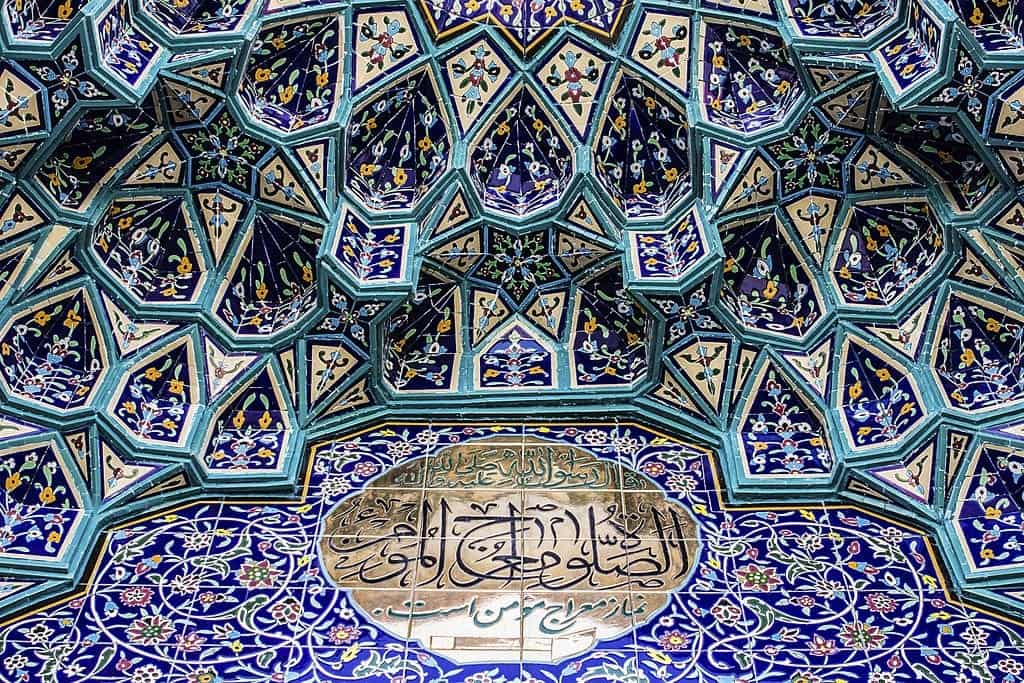
Although Westerners usually have the mistaken opinion that Islamic art is restricted to two dimensions, Islamic art can convert two-dimensional into three-dimensional through duplication and intermingling of patterns. Interlaced structures make the illusion of various levels. In addition, the textured characters of construction materials such as plaster and brick multiply the potential available to artists and architects. Clearly, the skillful control that Islamic designers display over geometric designs allows them to use two-dimensional patterns to create three-dimensional and optical results. For example, the sophistication of muqarnas allows architects to offset the positive and negative areas of space and then make structures that are both functionally and aesthetically complete.
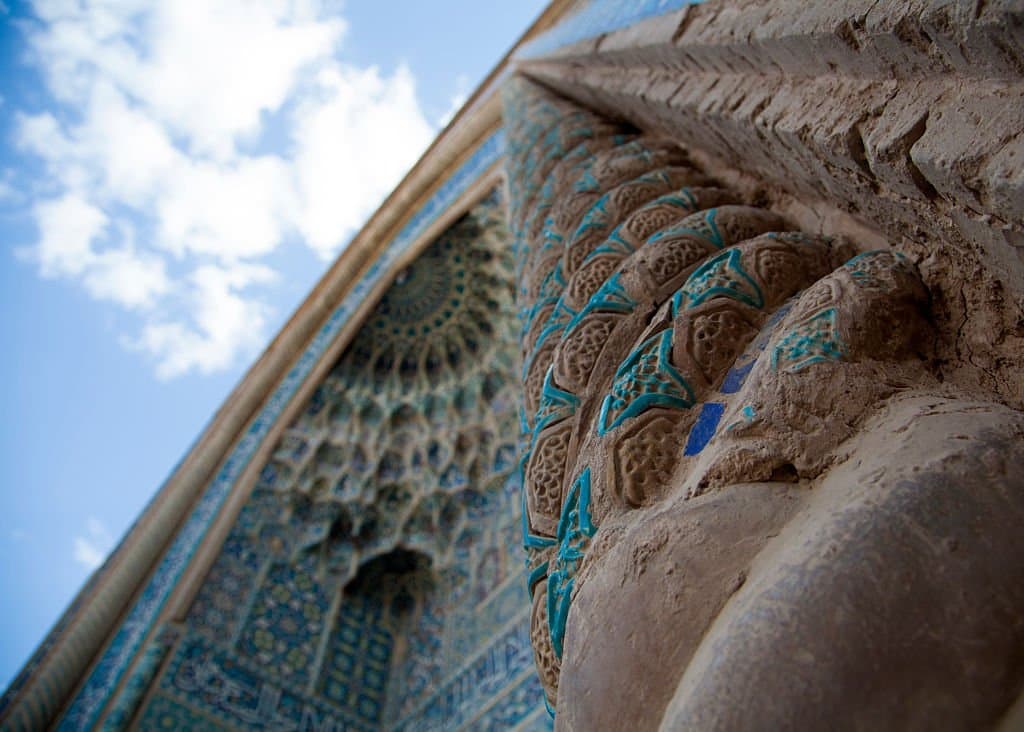
In fact, in the Islamic world, the function of an architect was related to that of a mathematician. In the West, however, the role of the architect emerged through a procedure by which designer-builders gradually characterized themselves from the levels of builders and craftsmen. For example, the Islamic architect Ahmad ibn Muhammad al-Hosaib was called al-Hasab, meaning the mathematician. Problems of geometric sophistication were the area of the Islamic architect.
The detailed features available to the designer of the muqarnas also make its physical performance ambiguous. In addition, its appearance also reminds the viewer of divine associations. The stalactite design draws the eye upwards. For this purpose, the large detailed structures close to the viewer merge into a single shape above the arch.
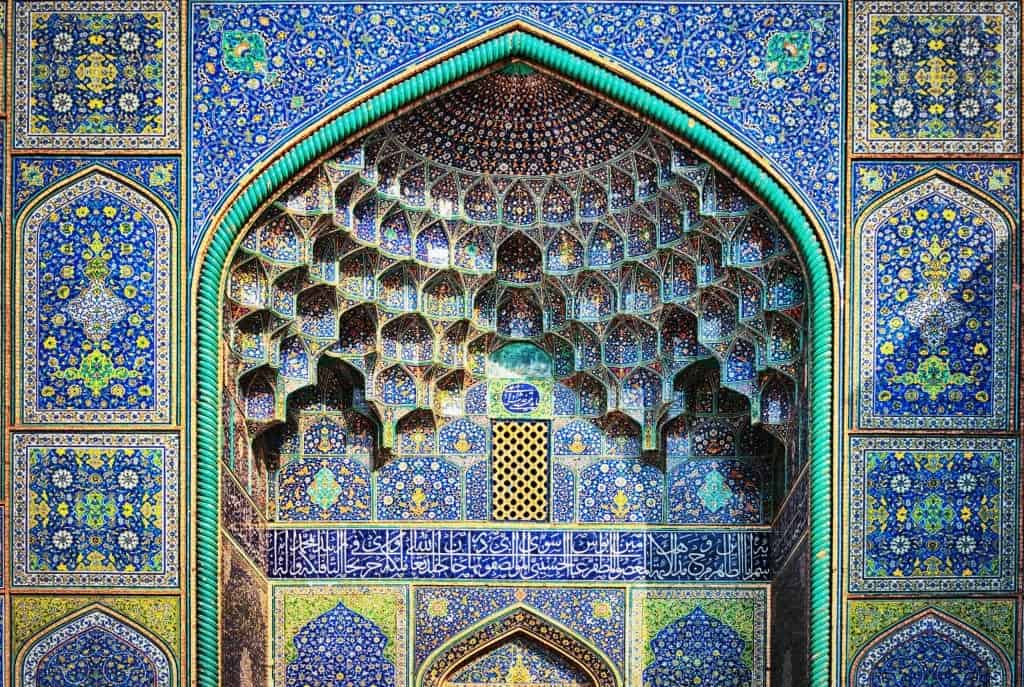
It could be an earthly reflection of magical archetypes: the earthly shapes and angles that are regular within the material world are inadequate approximations of unfamiliar celestial forms. On the contrary, the downward direction of the muqarnas indicates the heavenly descent to the earth and divine encirclement in material shapes. But this relationship between mathematics and religion is not specific to Islamic art and architecture. The mathematical emphasis of these fields shows the mathematical character of Islam. In fact, the Qur’an, the holy text of Muslims, has been reported for its numerical value. For this reason, the intellectual skill of mathematical sophistication leads to spiritual enlightenment.
